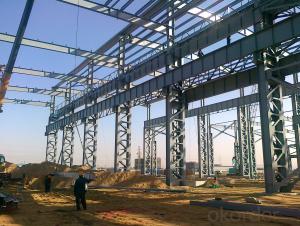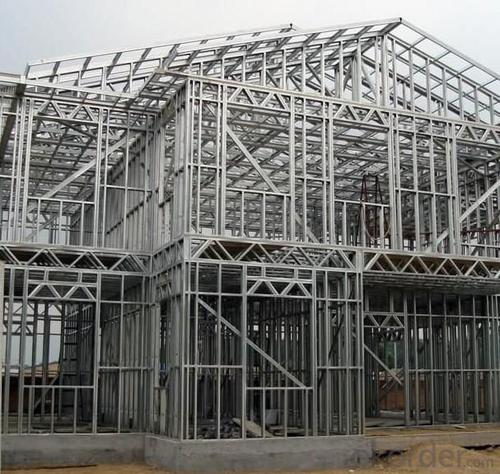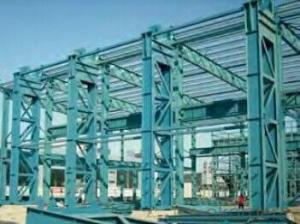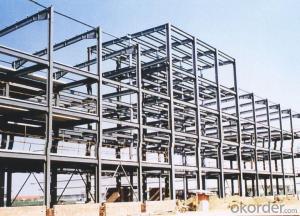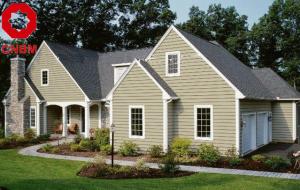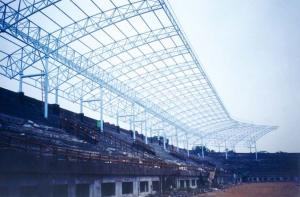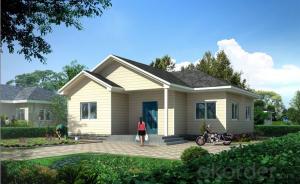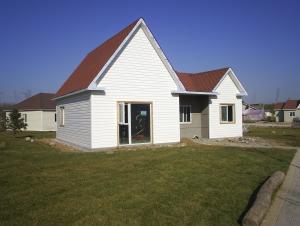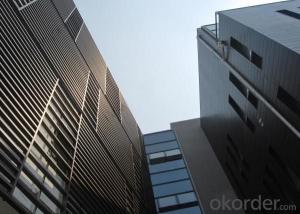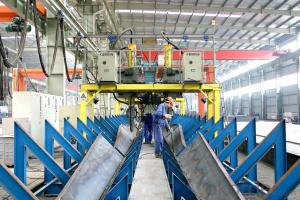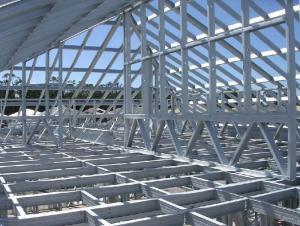Prefabricated Light Steel Structure Factory
- Loading Port:
- China Main Port
- Payment Terms:
- TT OR LC
- Min Order Qty:
- -
- Supply Capability:
- -
OKorder Service Pledge
OKorder Financial Service
You Might Also Like
Specifications
Specifications
1) . Easy to install, fire proof, good insulation
2). Certification: ISO9001:2000, SGS Standard.
Steel Structure Warehouse:
1.The steel structure of the connection method: welding connection
2.Steel structure design common norms are as follows: "Steel Design Code" (GB50017-2003) Cold-formed steel structure technical specifications" (GB50018-2002) "Construction Quality Acceptance of Steel" (GB50205-2001) "Technical Specification for welded steel structure" (JGJ81-2002, J218-2002) "Technical Specification for Steel Structures of Tall Buildings" (JGJ99-98)
3.The characteristics of steel Light weight steel structure Higher reliability of steel work Steel anti-vibration (earthquake), impact and good Steel structure for a higher degree of industrialization Steel can be assembled quickly and accurately Large steel interior space Likely to cause sealing structure Steel corrosive Poor fire-resistant steel Recyclable steel shorter duration
4.Commonly used steel grades and performance of steel Carbon
structural steel: Q195, Q215, Q235, Q255, Q275, etc.
High-strength low-alloy structural steel Quality carbon structural steel and alloy structural steel Special purpose steel Product Feature Carport, House, Office, Shop, Toilet, Villa, Warehouse, Workshop, Plant Other Information
Products have been all over the country more than 20 provinces, municipalities and autonomous regions, and have been exported to Europe, North America, the Middle East, Africa, Asia and other countries and regions, the widespread use
Welcome to our factory, we assure that our products will satisfy your needs with designs, competitive performance price ratio and best services.
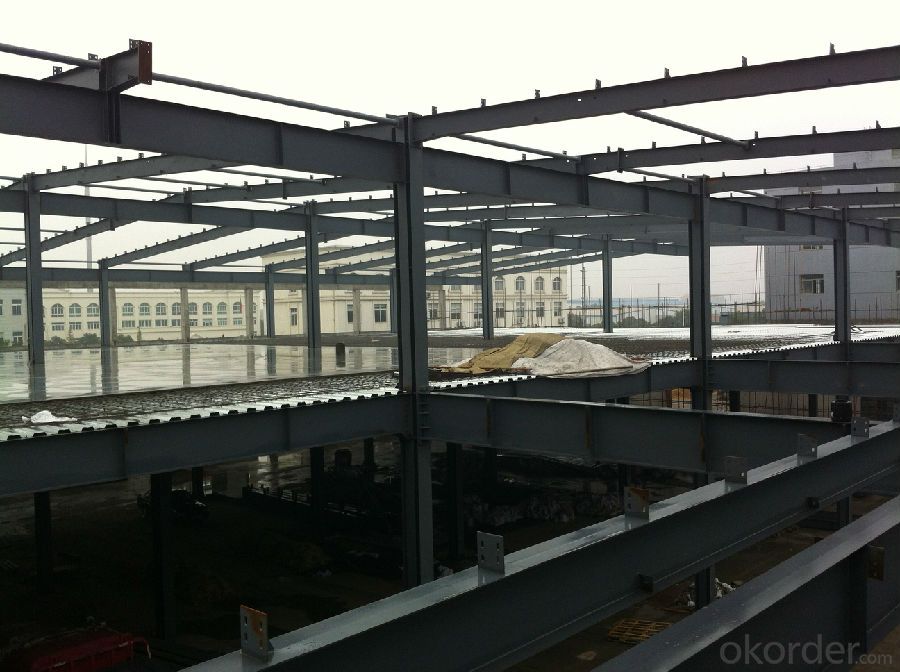
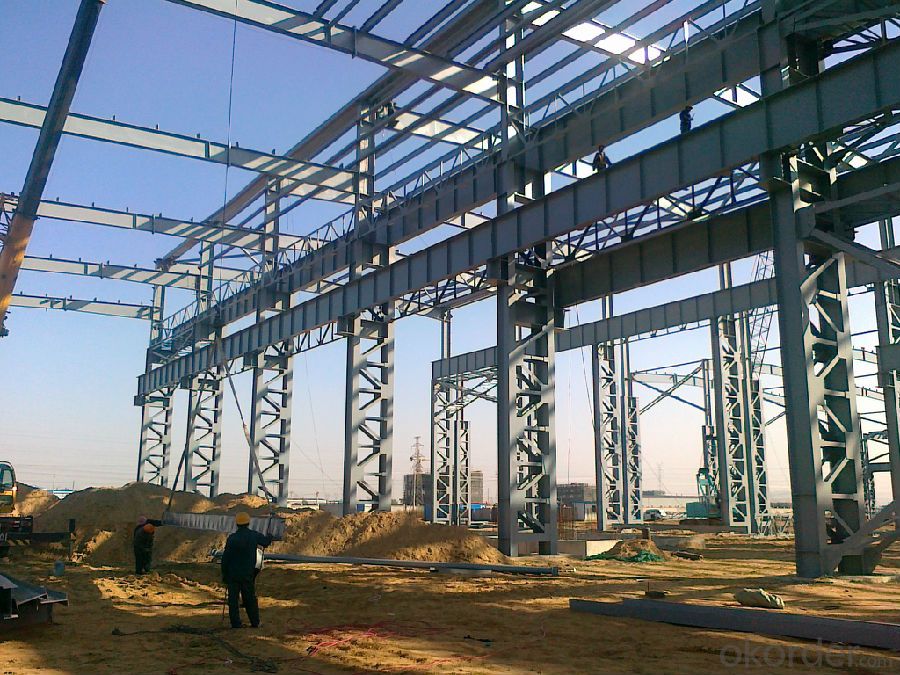
- Q: Why are the main and main beam joints of steel structures articulated?
- If there is only one side of the beam, the beam bending moment into girder bending moment, for the opening section, the torsional ability is not strong, the box section can be made rigid, but the torque for an I-shaped cross section is best not to. For the main beam with both secondary beams on both sides, the bending moment at the joint of both sides of the secondary beam is small, and the bending moment on both sides can be counteracted each other, and it is feasible to make a rigid connection. But in fact, the existence of live load may cause a great difference in the bending moment between the two sides, so it is possible to produce a larger torque when the rigid joint is used.
- Q: What is the difference between a steel structure and a steel power plant?
- A steel structure refers to a building or infrastructure that is primarily made of steel as the main structural material. It could be a residential, commercial, or industrial building, a bridge, a stadium, or any other construction where steel is used to provide strength and stability. The primary focus of a steel structure is to provide a safe and reliable framework for the desired purpose, such as housing, offices, or entertainment. On the other hand, a steel power plant specifically refers to a facility that generates electricity using steel components and structures. It is a specialized type of steel structure that is designed and built to house various power generation equipment and systems. Steel power plants are equipped with turbines, generators, boilers, condensers, transformers, and other machinery required for the production of electricity. While both a steel structure and a steel power plant are made of steel, the key difference lies in their purpose and functionality. A steel structure serves as a general construction, providing a durable framework for various types of buildings, while a steel power plant is a specialized facility designed specifically for power generation. The design and construction of a steel power plant are more complex and require specific engineering considerations, such as the integration of power generation equipment, cooling systems, and safety measures. In summary, a steel structure is a generic term for any construction primarily made of steel, serving a wide range of purposes, while a steel power plant is a specific type of steel structure designed solely for the purpose of generating electricity.
- Q: How do steel structures provide resistance against blast-induced progressive collapse?
- Several mechanisms contribute to the ability of steel structures to resist blast-induced progressive collapse. Firstly, steel possesses excellent material properties that enable it to absorb and distribute blast energy effectively. Being a ductile material, steel can undergo significant deformation before failing. Therefore, when subjected to blast loads, steel members can absorb a substantial amount of energy by undergoing large plastic deformations, thereby reducing the impact on the overall structure. Moreover, steel structures are designed with both redundancy and robustness in mind. Redundancy ensures that there are multiple load paths within the structure, allowing the redistribution of load in the event of a member failure. Consequently, the collapse does not propagate and is limited in extent. On the other hand, robustness refers to the structure's ability to withstand local failures without undergoing catastrophic collapse. Steel structures are designed to have sufficient reserve capacity to withstand the loss of one or more members, even under extreme blast loading conditions. Furthermore, steel structures commonly incorporate blast-resistant details and connections. These specifically engineered components are designed to withstand the dynamic forces generated by an explosion. Blast-resistant connections, for instance, prevent the sudden release of energy by maintaining the integrity of structural elements. By preventing critical connections from failing, the blast load is effectively distributed throughout the structure, minimizing the potential for progressive collapse. Lastly, steel structures can be retrofitted to enhance their resistance against blast-induced progressive collapse. Retrofitting measures may include strengthening critical connections, adding supplemental bracing or reinforcement, or installing blast-resistant cladding systems. Such retrofits significantly improve the structural response to blast loads and mitigate the risk of progressive collapse. In conclusion, the resistance of steel structures against blast-induced progressive collapse is achieved through their material properties, structural redundancy and robustness, blast-resistant details and connections, and the potential for retrofitting. These features ensure that steel structures can withstand the dynamic forces generated by an explosion, prevent the collapse from spreading, and enhance the safety and resilience of the overall structure.
- Q: What is the purpose of steel foundations in structures?
- Steel foundations are utilized in structures to establish a robust and steady base for the entire building or structure. Their durability, strength, and ability to withstand heavy loads make them commonly employed in construction. These foundations are purposefully designed to evenly distribute the weight of the structure, guaranteeing its stability and security. By employing steel foundations, engineers can ensure that the structure remains intact despite external forces such as wind, earthquakes, or heavy loads. Furthermore, steel foundations provide flexibility in construction projects as they can be easily adjusted or modified when necessary. In summary, steel foundations are an indispensable component in modern construction practices as they significantly contribute to the stability, strength, and longevity of structures.
- Q: How are steel structures used in the construction of distribution centers?
- Distribution centers rely heavily on steel structures for their construction due to the numerous advantages they offer. Firstly, steel structures are renowned for their durability, strength, and cost-effectiveness, making them an ideal choice for these facilities. One major benefit of steel structures is their ability to bear heavy loads. Given the substantial quantities of goods handled by distribution centers, robust support systems are essential. Steel beams and columns can withstand significant weight, allowing for the creation of spacious storage areas and high ceilings that maximize storage capacity. Moreover, steel structures possess excellent resistance to environmental factors such as fire, moisture, and pests. This is particularly crucial in distribution centers, where the safety and protection of goods are of utmost importance. Steel's inherent fire-resistant properties help prevent the spread of fires and minimize damage. Additionally, steel structures offer flexibility in design and construction. Distribution centers often require customization to meet specific operational needs, such as tall racking systems, mezzanine floors, and conveyor systems. Steel's versatility allows for easy modification and expansion of the facility as business needs evolve. Furthermore, steel construction is relatively faster compared to traditional building materials. The use of pre-engineered components enables off-site fabrication, reducing construction time and ensuring quicker project completion. This advantage is particularly significant for distribution centers that face tight deadlines and must commence operations promptly. Lastly, steel structures provide cost savings over the lifespan of a distribution center. Although the initial investment in steel construction may be higher than other materials, the long-term benefits outweigh the costs. Steel's durability and low-maintenance requirements result in reduced repair and replacement expenses over time. Additionally, steel is recyclable, making it an environmentally-friendly option. In conclusion, the strength, durability, flexibility, and cost-effectiveness of steel structures make them indispensable in the construction of distribution centers. They provide the necessary support for heavy loads, resistance to environmental factors, customization options, and faster construction. Ultimately, steel structures contribute to the efficient and reliable operation of distribution centers.
- Q: What are the design considerations for steel structures in government and civic buildings?
- Some important design considerations for steel structures in government and civic buildings include the need for durability, strength, and flexibility. Steel structures should be able to withstand heavy loads and resist natural disasters such as earthquakes and high winds, providing long-term stability and safety. Additionally, the design should accommodate the specific requirements of the building, such as the need for large open spaces, accessibility for people with disabilities, and the integration of various systems like HVAC and electrical. The design should also consider sustainability aspects, such as using recycled steel and incorporating energy-efficient features. Finally, aesthetic considerations should be taken into account to ensure that the steel structure complements the overall architectural design of the government or civic building.
- Q: How does the design of steel structures differ for industrial applications?
- There are several key differences between the design of steel structures for industrial applications and other types of structures. The main focus is on meeting the specific demands of industrial environments, including strength, durability, and functionality. One major distinction is the need for industrial structures to support larger scale and heavier loads. These structures often house heavy machinery, equipment, and materials that exert significant loads. Therefore, the design must ensure that the structure can withstand these loads without compromising its integrity. Another important factor is the consideration of dynamic loads and vibrations. Industrial facilities often involve the operation of heavy machinery, which generates vibrations and dynamic forces. The design must incorporate measures to absorb these forces and ensure the stability and safety of the structure. Furthermore, the design must address the specific needs of the industry in terms of functionality and practicality. Industrial facilities require large open spaces, high ceilings, and wide column spacing to accommodate storage, production lines, and machinery. The design should provide flexibility for layout changes and expansion to adapt to evolving industrial needs. Moreover, steel structures in industrial environments are exposed to harsh conditions such as extreme temperatures, corrosive substances, and potential impact from heavy objects. The design must incorporate protective measures such as specialized coatings and materials to withstand these conditions and prevent corrosion or deterioration. Lastly, the design must also consider the economic aspect. Industrial facilities are long-term investments, so the design should optimize material usage, construction costs, and maintenance requirements while ensuring structural integrity and functionality. In conclusion, the design of steel structures for industrial applications differs by focusing on strength, durability, functionality, and practicality. It must account for larger scale and heavier loads, address dynamic loads and vibrations, provide flexibility for layout changes, protect against harsh conditions, and optimize economic considerations.
- Q: How are steel structures used in the construction of hospitality and tourism buildings?
- Steel structures are commonly used in the construction of hospitality and tourism buildings due to their durability, strength, and versatility. Steel can support large spans, allowing for open and flexible floor plans, which are essential in hotels and resorts. Additionally, steel structures can withstand extreme weather conditions, ensuring the safety and longevity of these buildings. The use of steel also allows for faster construction times, reducing overall project costs. Whether it's for hotels, restaurants, or entertainment venues, steel structures provide a reliable and efficient solution in the construction of hospitality and tourism buildings.
- Q: What are the design considerations for steel manufacturing plants?
- Some of the key design considerations for steel manufacturing plants include the layout and organization of the facility, safety measures, equipment and machinery selection, environmental considerations, and overall operational efficiency. It is essential to design the plant in a way that optimizes the flow of materials and processes, ensuring smooth operations and minimizing any potential bottlenecks. Safety is of utmost importance, so the design should incorporate proper ventilation, fire protection systems, and ergonomic considerations for workers. Equipment selection should be based on factors such as production capacity, energy efficiency, and maintenance requirements. Environmental considerations involve implementing measures to reduce emissions, waste management, and ensuring compliance with environmental regulations. Lastly, designing for operational efficiency involves optimizing the plant's layout, minimizing material handling, and incorporating automation and technology to streamline processes and maximize productivity.
- Q: How are steel structures designed for wind loads?
- Steel structures are designed for wind loads by considering factors such as the wind speed and direction, the shape and size of the structure, and the specific location. Engineers use computer models and wind tunnel tests to determine the wind loads acting on the structure. Design codes and standards provide guidelines for calculating the wind loads and designing the structural members accordingly, ensuring that the steel structure can withstand the expected wind forces, minimizing the risk of structural failure.
Send your message to us
Prefabricated Light Steel Structure Factory
- Loading Port:
- China Main Port
- Payment Terms:
- TT OR LC
- Min Order Qty:
- -
- Supply Capability:
- -
OKorder Service Pledge
OKorder Financial Service
Similar products
Hot products
Hot Searches
Related keywords

